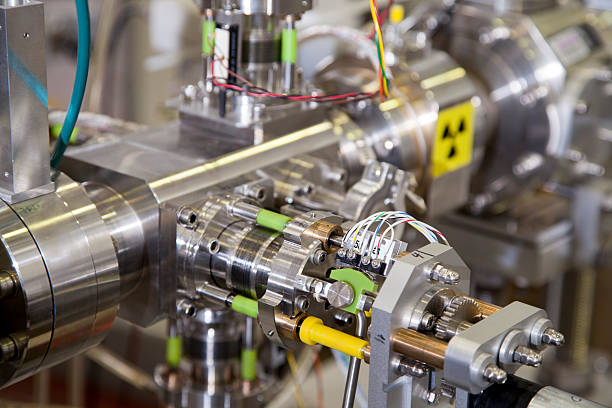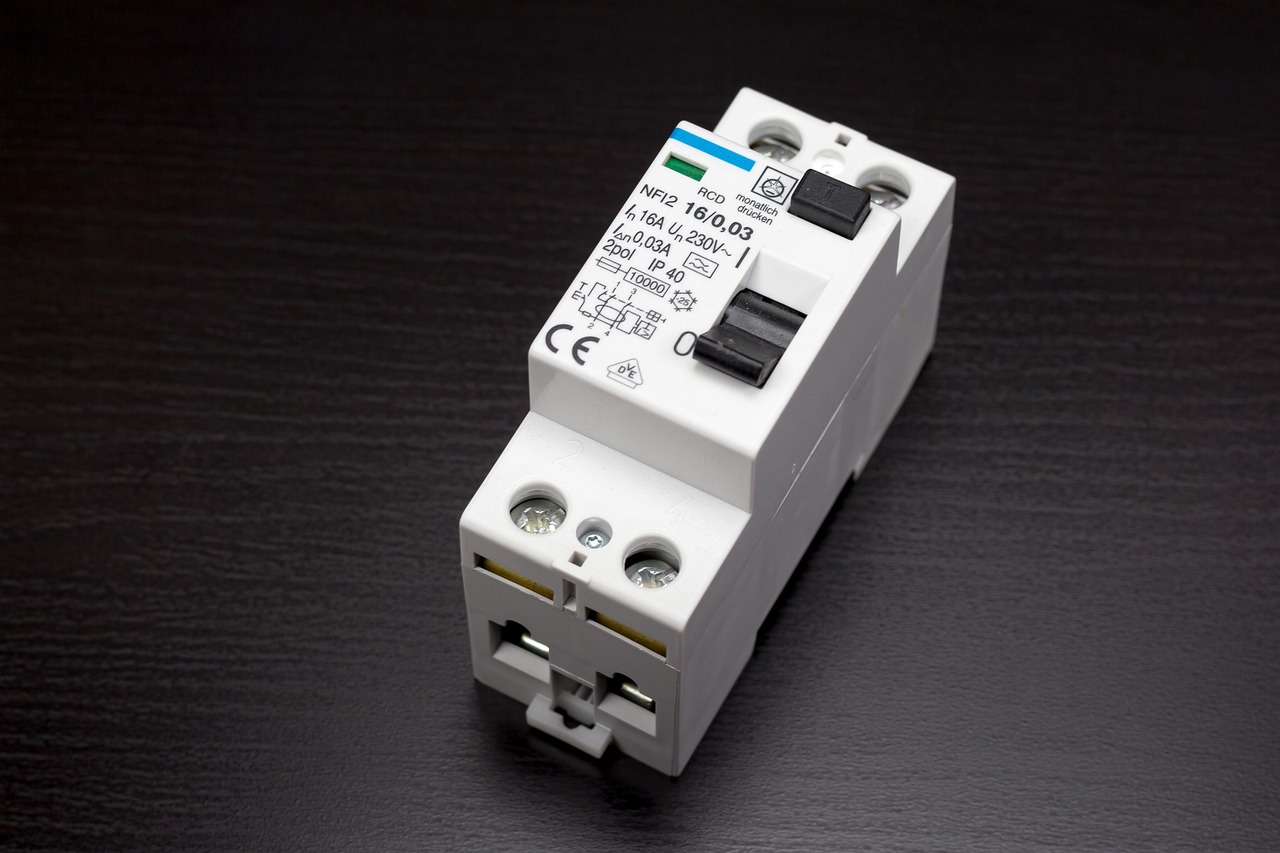
How Does a Relay Work?
Relays are fundamental components in many electrical systems, acting as electrically operated switches that control circuits. They are found in everything from small electronic devices to large industrial machines. Understanding how relays work can help you grasp the essential functions they serve in controlling power, automating processes, and ensuring safety in electrical systems. In this article, we will delve into the principles behind relays, their construction, types, and their diverse applications.
Understanding Relays
A relay is essentially a switch operated by an electromagnet. It allows a small electric current to control a larger current, which means that it can turn high-powered circuits on and off without the operator directly handling the high voltage or current. The core components of a relay are a coil, an armature, a set of electrical contacts, and a spring. These parts work together to create the switching action.
Key Components of a Relay
Coil: This is the electromagnet part of the relay. When an electrical current passes through the coil, it generates a magnetic field.
Armature: The armature is a movable part that is influenced by the magnetic field generated by the coil. When the coil is energized, the armature moves to open or close the contacts.
Contacts: These are the switching parts of the relay. They can be either normally open (NO) or normally closed (NC), determining whether the circuit is connected or disconnected when the relay is de-energized.
Spring: The spring is used to return the armature to its original position when the coil is no longer energized.
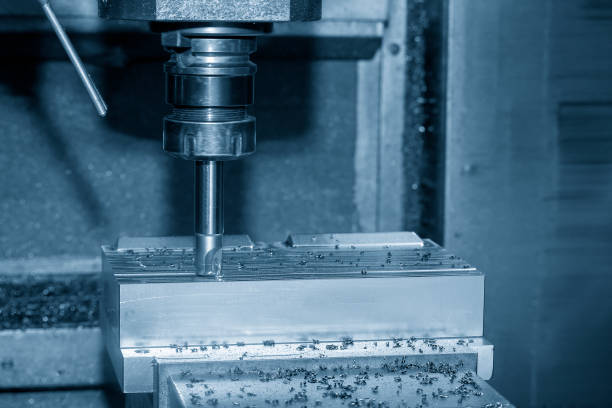
This combination allows the relay to control one or multiple circuits simultaneously. The relay remains in its default position until the coil is energized by a control signal.
How a Relay Works
When a voltage is applied across the coil, a magnetic field is generated. This magnetic field pulls the armature, which moves the contacts to either open or close the circuit. Once the power is removed from the coil, the magnetic field collapses, and the spring returns the armature to its original position. This simple action allows the relay to control circuits with high accuracy and safety.
Key Points on How Relays Operate:
Power Applied to Coil: When a control signal (low voltage) is applied, the coil generates a magnetic field.
Movement of Armature: This field pulls the armature, moving it to make or break the circuit.
Contact Switching: The contacts open or close, thereby controlling the flow of the larger circuit.
Relays are versatile because they enable the isolation of different parts of a circuit and offer control of high-power components using low-power signals.
Types of Relays

There are several types of relays, each designed for specific applications. Some of the most common types include:
1. Electromagnetic Relays
These relays are the most common and use an electromagnet to control the switching action. They are often used in applications that require the isolation of different parts of an electrical circuit.
2. Solid State Relays (SSR)
Solid state relays have no moving parts. Instead, they use semiconductor devices to perform the switching. SSRs are often chosen for applications that require high-speed switching, long life, and silent operation.
3. Reed Relays
These relays contain reed switches, which are activated by a magnetic field. Reed relays are generally used for switching small signals and are commonly found in telecommunications and instrumentation.
4. Thermal Relays
Thermal relays operate based on changes in temperature. They are often used in motor protection circuits to detect overloads and cut off the power supply.
Each type of relay has unique advantages that make it suitable for specific use cases. Electromagnetic relays are great for mechanical switching, while solid state relays excel in high-speed and durable applications.
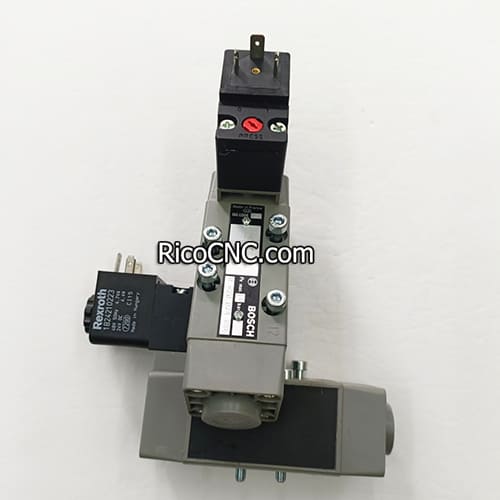
Explore Bosch Rexroth Pneumatic Solenoid Valve
Applications of Relays
Relays are used in a wide range of industries due to their versatility and reliability. Below are some of the key applications where relays are indispensable.
1. Automotive Systems
Relays are used extensively in automotive systems for switching various components such as lights, horns, and fans. They enable the control of these components without the need for heavy-duty wiring throughout the car, making the system more efficient and easier to maintain.
2. Industrial Control Systems
In industrial automation, relays are crucial in controlling heavy machinery. They can be used to switch motors, conveyor belts, and other large electrical loads. Electromagnetic relays are often used in combination with contactors to start and stop motors safely.
3. Home Appliances
Relays are found in many home appliances, such as air conditioners, washing machines, and microwave ovens. They help manage high voltage switching to ensure user safety and appliance efficiency.
4. Telecommunications and Signal Switching
Reed relays are frequently used in telecommunications for switching data signals and in other low-current applications that require precise control.
Relays offer numerous advantages, including isolation of circuits, remote operation, and the ability to control multiple loads simultaneously. Their ability to handle different voltage levels makes them perfect for use in systems where various electrical components need to be managed.
Types of Relay Configurations
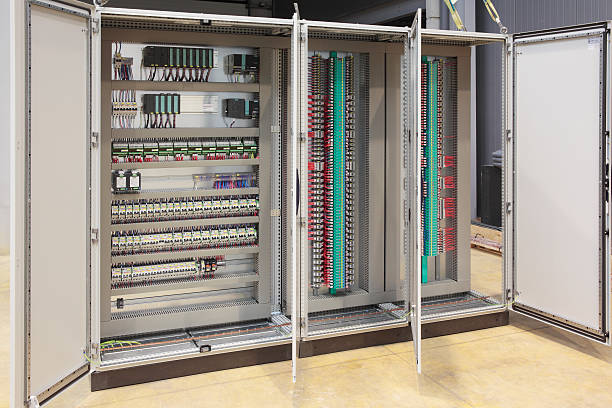
Relays are also categorized based on their contact configurations. The two main types are:
1. Single Pole Single Throw (SPST)
The SPST relay has only one contact and is used to switch one circuit on or off. It is the simplest type of relay.
2. Single Pole Double Throw (SPDT)
This relay has one input and can connect to two different outputs, allowing it to select between two different circuits. SPDT relays are commonly used where there is a need to change the flow of power between two different pathways.
Other types include Double Pole Single Throw (DPST) and Double Pole Double Throw (DPDT), which provide even more flexibility in controlling multiple circuits at the same time. These configurations allow engineers and designers to create more complex and reliable switching systems.
Advantages of Using Relays

1. Electrical Isolation
One of the key benefits of using relays is the ability to provide electrical isolation between the control circuit and the power circuit. This ensures safety and protects the control system from any potential electrical faults.
2. High Flexibility
Relays provide high flexibility when designing circuits. They can be used to control different types of loads, from low power electronic signals to high power industrial machinery.
3. Remote Operation
Relays can be operated remotely, allowing for greater control in automated systems. For example, a small control switch can be used to operate a large motor or light circuit, reducing the need for heavy wiring and improving efficiency.
4. Cost-Effectiveness
Relays are relatively inexpensive components, which makes them a cost-effective solution for controlling electrical systems. They are durable, easy to replace, and can operate in a wide variety of environments.
Explore more about the different types of automation components used in industrial applications, such as AVENTICS Pneumatic Control Valves, which work seamlessly with relays to manage air flow in automated systems.
Conclusion
Relays are versatile and essential components in electrical and automation systems. They provide a reliable method to control circuits remotely and to manage different types of electrical loads. Whether in automotive systems, industrial machinery, or household appliances, relays enable the efficient control of electrical power and contribute to automation and safety.
Understanding how relays work, the different types available, and their respective applications will help you choose the right relay for your specific needs. By combining low-power control with high-power load handling, relays provide both efficiency and safety in countless electrical applications.
To find the right relay or automation component for your application, visit our component selection page. Our team is here to help you choose the best solution for your automation project.
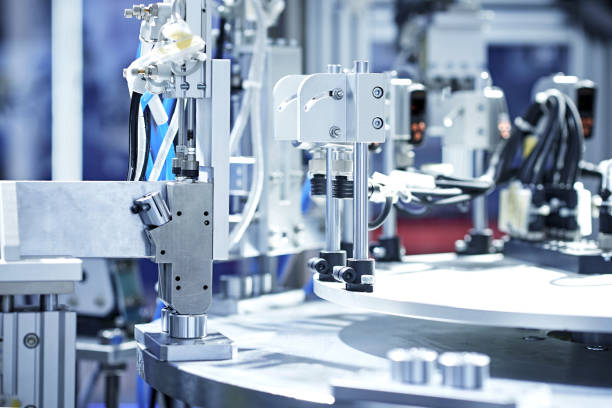
FAQs
1. How does a relay control high-power circuits?
A relay uses a low-power signal to energize a coil, which creates a magnetic field that moves the armature, closing or opening high-power circuit contacts.
2. What is the difference between an electromagnetic relay and a solid state relay?
An electromagnetic relay uses mechanical movement to switch contacts, whereas a solid state relay uses semiconductor devices to perform switching, allowing for faster and quieter operation.
3. Can relays be used in both AC and DC circuits?
Yes, relays can be used in both AC and DC circuits, depending on their design specifications and the type of load they are intended to control.
4. Why are relays used in home appliances?
Relays are used in home appliances to manage high-voltage switching safely, providing an efficient way to control devices like air conditioners, refrigerators, and washing machines.
5. What is a single pole double throw (SPDT) relay?
An SPDT relay is a type of relay with one input and two outputs, allowing it to connect to two different circuits and control the flow between them.








